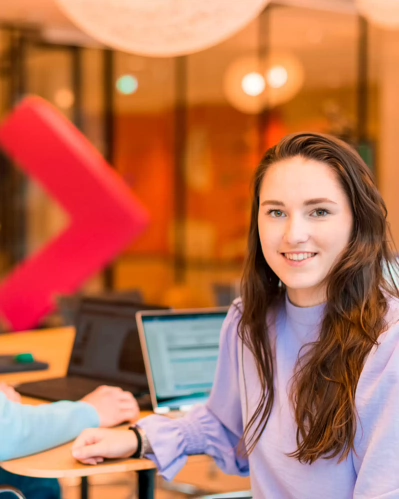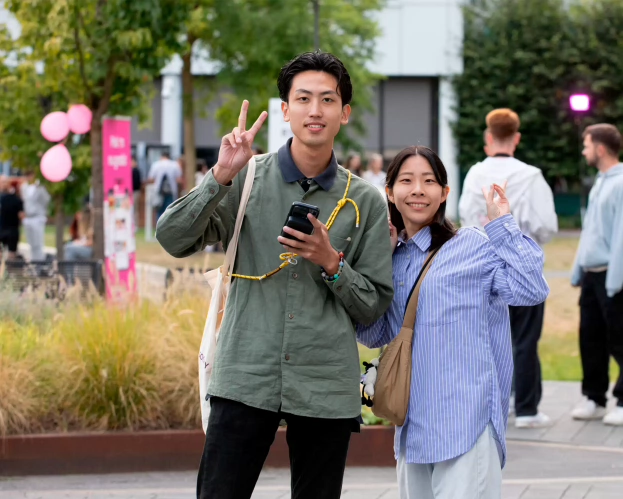
Ensembles Classical
Through our classical ensembles, we support the integration of classical music techniques with new disciplines and contemporary societal and artistic topics, offering students a well-rounded, forward-thinking education that increases both visibility and impact. The Ensemble Programme offers our students a collaborative creative environment that complements their individual musical growth. We foster a rich environment for continuous learning, ensuring that students refine their technical skills while also engaging in innovative artistic expression.
Structure of the Ensemble Program
Core Ensembles:
They run throughout the year, providing continuous learning and rehearsal opportunities. Core ensembles focus on chamber music, with a coach to support the ensemble’s growth and development.
Project Ensembles:
They are shorter, high-speed projects that place students in real-world musical settings. They have various focuses, approaches, and outcomes. Examples include collaborations with festivals, interdisciplinary projects, and thematic explorations.
In partnership with November Music, this ensemble integrates students into professional settings, offering them artistic and musical challenges and exposing them to new influences. This approach balances continuous study with the acute demands of performance.
2024 edition: James Tenney wrote in 1994 a work that could transform a large open space (church, concert hall, any other reverberating house) in a spatial overtone series. The idea of the work is simple: 32 overtones to be played by a mixed group of instruments. The larger sounding instruments are in the middle, and the higher the register the further the musician is positioned in the periphery. It allows the audience to wander through a kaleidoscopic overtone serie. For this performance of Music in a Large Open Space project ensemble F.C. Jongbloed collaborates with Belgian ensemble Nadar and the Antwerp Conservatory. Fontys Conservatory students are coached by composer/guitarist Aart Strootman who made an installation of tubular bells for this composition that will travel along with the concerts.
genre boundaries. The focus is on artistic expression based on personal creativity and interests.
At Chambres d'Amis, colleagues from Tilburg open their home for an intimate and unique performance. They invite friends, family or neighbours as an audience, and students from Bachelor Fine Arts and Design in Education, the Conservatory and Master of Music can host a performance/exhibition in their home. This 'performative action' will undoubtedly touch, stir and captivate your audience. The wishes and content of the performance are discussed in consultation with artists and residents.

